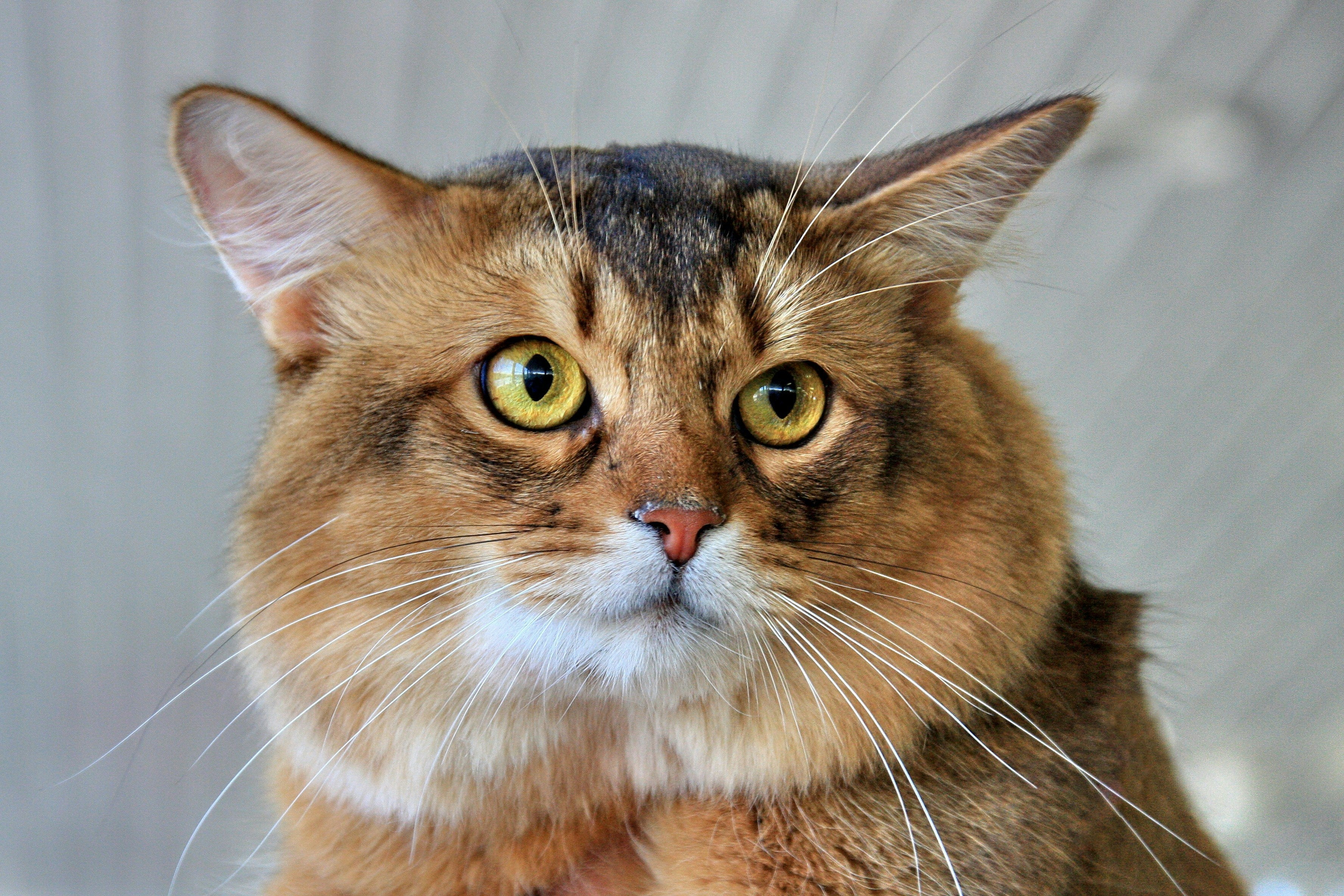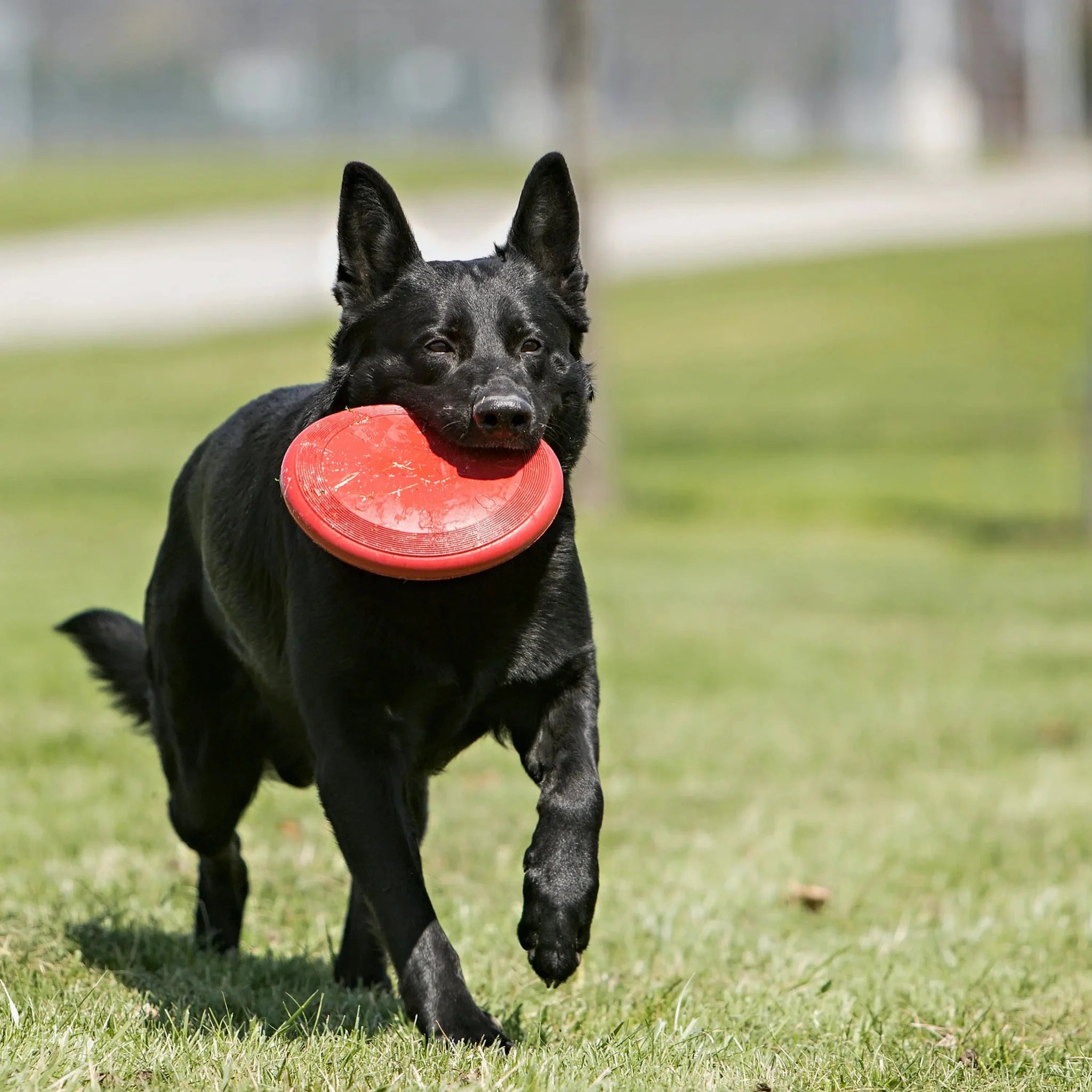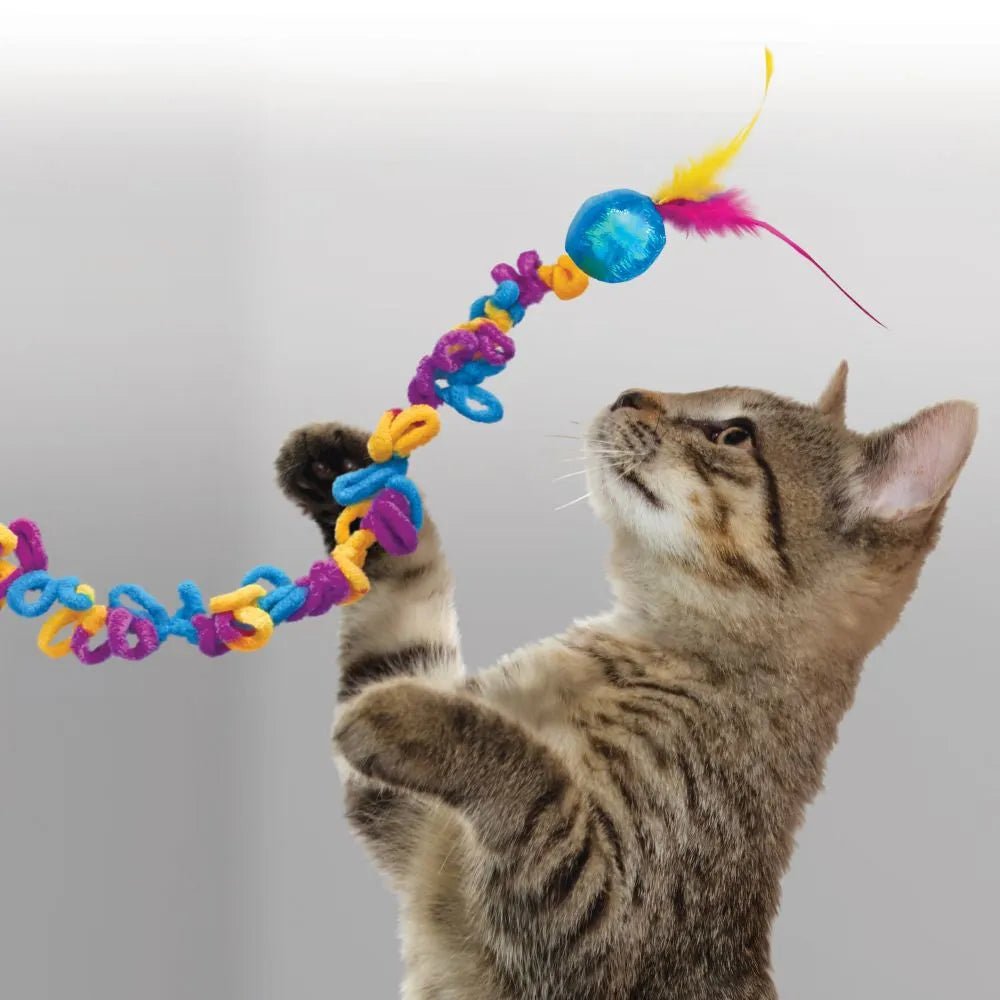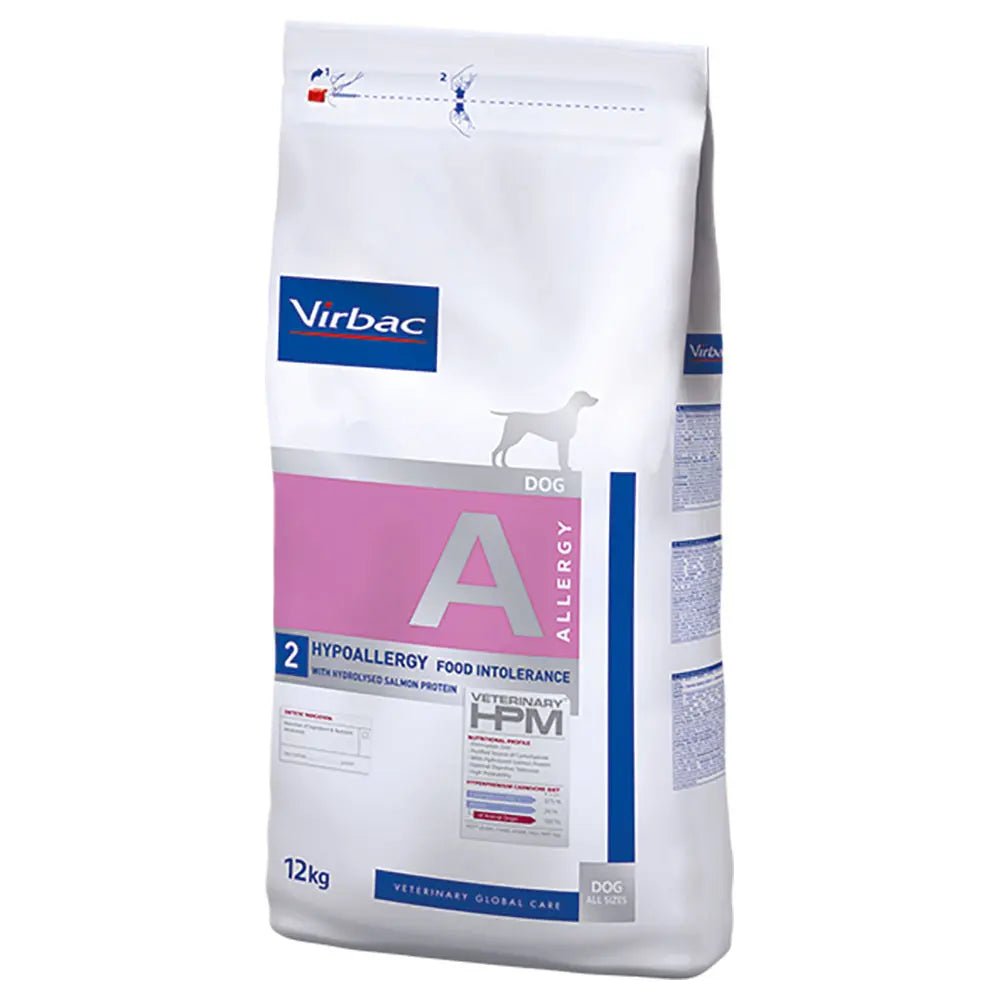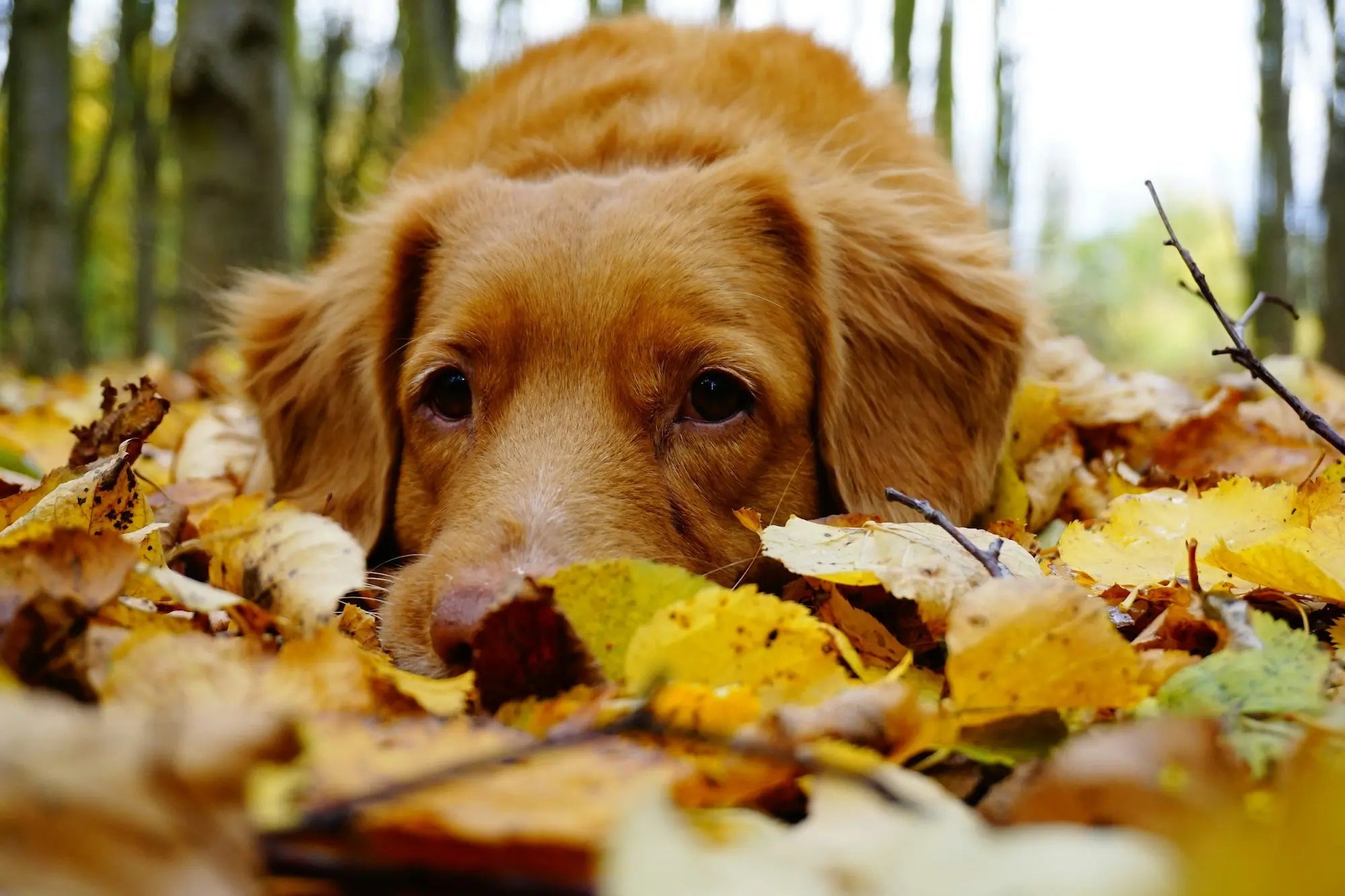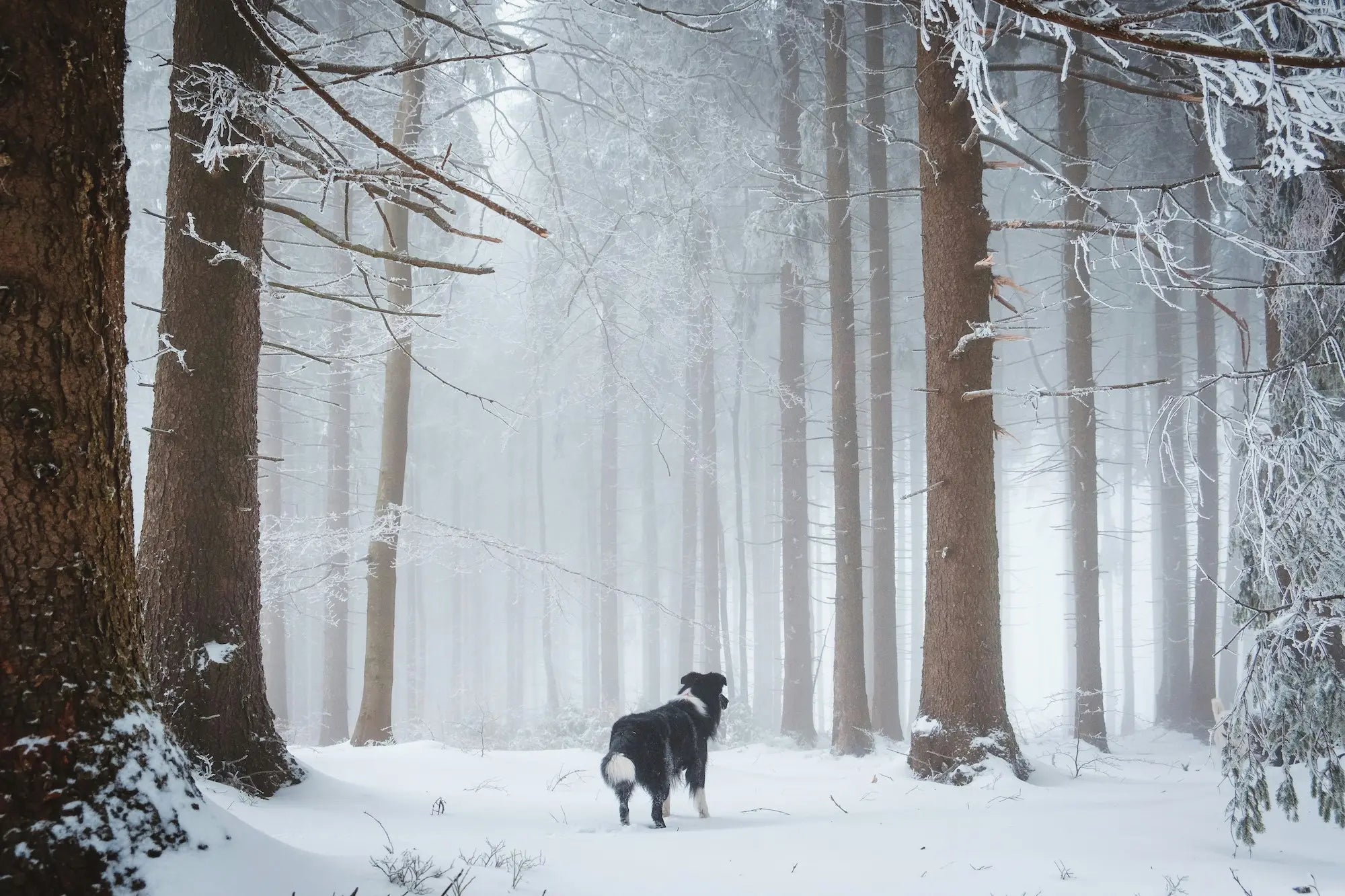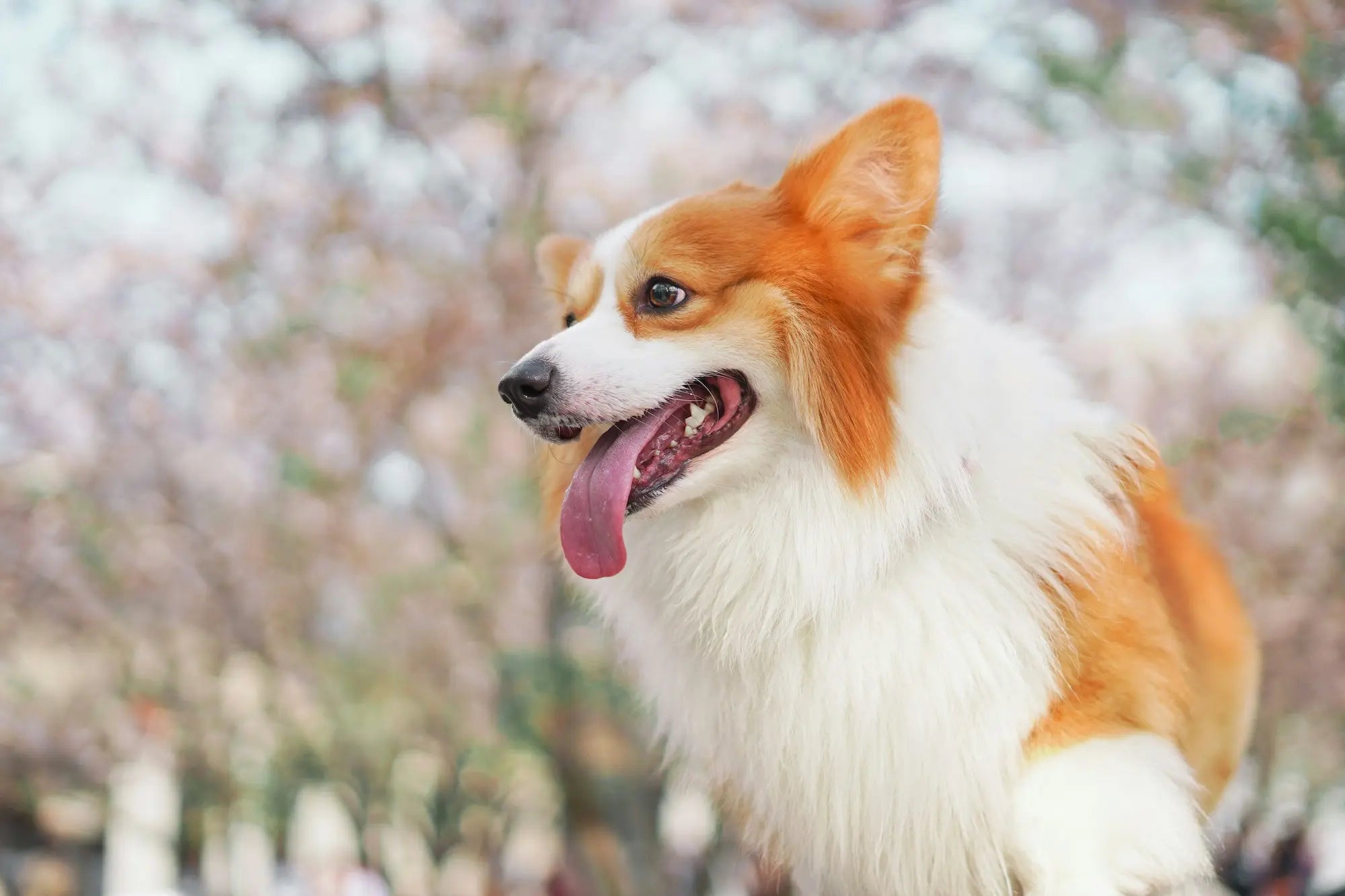Somali cats are playful, active and beautiful. They have a fox-like appearance with pointed ears and a fluffy tail, and can really bring a lot of joy and love. We explain several of the characteristics and traits of the Somali cat breed !
race facts

Child-friendly

Attention needs

Energy level

Talkativeness

Fur care

shedding
Facts about the breed
The Somali is originally a long-haired variant of the Abyssinian cat. Despite its name, this cat does not originate from Somalia, but probably from the coastal areas around the Indian Ocean and Southeast Asia. This long-haired variant of the Abyssinian cat was first recognized in the early 1900s, probably as a result of introducing long-haired cats into breeding programs to increase the population. This was especially necessary after World War II when Abyssinian numbers were low. However, they were not recognized as a breed in their own right until the 1960s, and the name Somali was given to the breed in 1981 by the Fédération Internationale Féline (FIFe).
What can you expect as an owner of a Somali?
Personality
Personality
The Somali's personality is a delightful combination of intelligence, playfulness, and activity. These cats are curious, friendly, and thrive on lots of interaction with their people. They are very active and love to play, both alone and with their family.
Somalis are not only playful and curious, but also quite inventive. They can open cupboards, operate taps, and find the most inaccessible places to explore. Sometimes they act like little monkeys and can hold objects in their paws. Somalis have a unique ability to balance stubborn behavior with joie de vivre and enthusiasm, making them wonderful companions and family members.
Energy and attention needs
Energy and attention needs
The Somali has a high energy level and is quite attention-demanding. They love to be the center of attention and thrive on play and activities that challenge their cognitive skills. Climbing furniture and heights are important to satisfy their need to climb and explore.
Health
Health
Size and appearance
The Somali is a medium-sized cat with a muscular and well-proportioned body. They have a distinctive appearance with large ears, almond-shaped eyes and a bushy tail. The coat is silky and colorful. The cat has an elegant and sturdy build. The coat is ticked, and they come in a variety of colors, including red, blue, ruddy and fawn. Their beautiful coat is soft to the touch and gives them a unique appearance.
Weight
Male cats typically weigh between 5-6 kg, while female cats weigh around 3-4 kg.
Lifespan
13 - 15 years
Hereditary diseases
Although Somalis are genetically fox-like, they are prone to hereditary diseases that include PK deficiency (pyruvate kinase deficiency), kidney diseases such as amyloidosis, and eye problems such as progressive retinal atrophy (PRA).
Fur care
Fur care
The Somali's coat is medium-length, soft, and silky. Regular brushing, about once a week, is sufficient to prevent tangles and keep the coat in good condition. Somalis usually enjoy being brushed if they are accustomed to it as kittens.
Food and nutrition
Food and nutrition
Every cat is unique, and has individual food preferences. However, Somali cats are known to be active eaters, and require a diet that is rich in both protein and fat. And of course, as with all cats, it is crucial to feed your Somali the right amount of food to maintain good health. When choosing a type of cat food , you should also choose a variety that suits your cat's specific needs. For example, a Somali kitten will need more nutrients in its diet compared to an older cat.
If you want to own a Somali, you should make sure to find a reputable breeder. How much a kitten costs will vary, but you can expect a price of between 12,000 - 16,000 NOK for a Somali kitten.
Having purebred cats as pets has become very popular, but unfortunately this has resulted in many unscrupulous breeders who engage in unethical breeding for profit. Therefore, it is important for you as a buyer to get information about how the cat was bred so that you do not contribute to cats with hereditary and serious diseases being born. If a purebred cat is sold without a pedigree, you will never know whether the kitten has been stolen, or whether illegal trade has taken place.
A serious breeder in a federation must follow strict requirements for animal welfare and health. Good breeders will also demand something from you to ensure that the cat has a good life. Remember to check if the breeder is registered through the Norwegian Cat Breeders' Association (NRR) / FIFe / TICA and that the pedigree, health certificate (and possibly the purchase contract and vaccination card/veterinary passport) are included.


